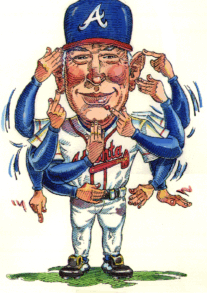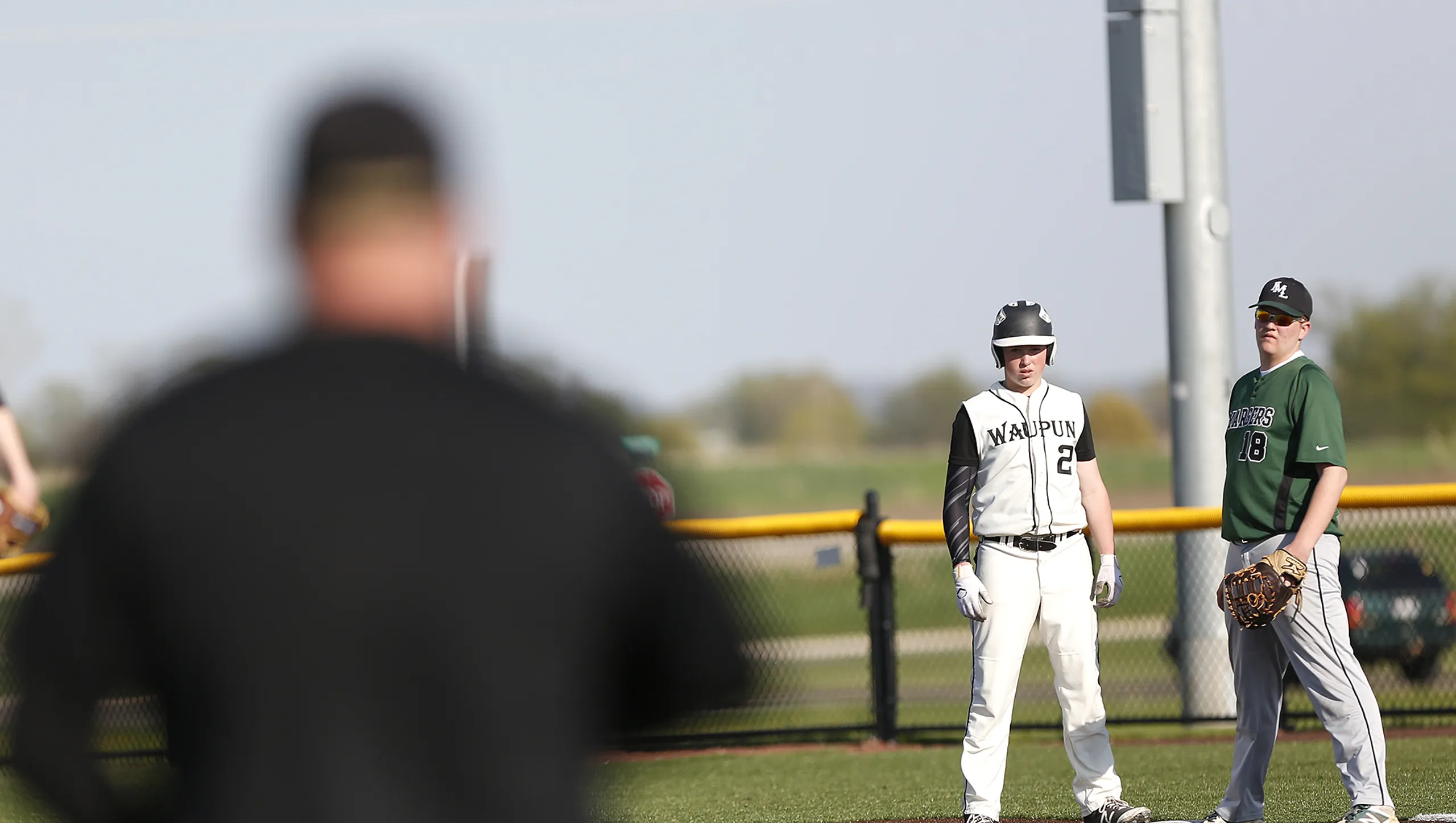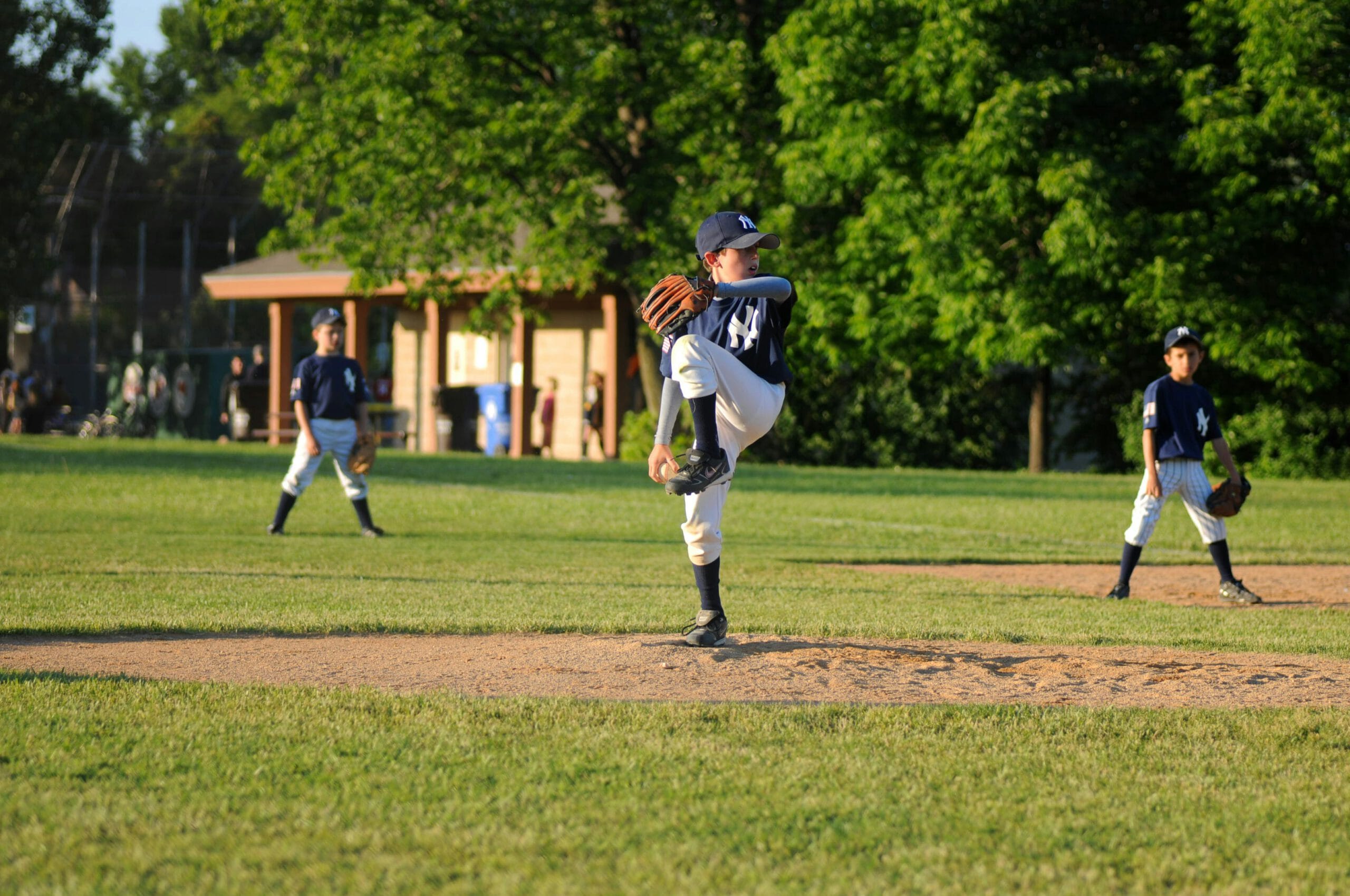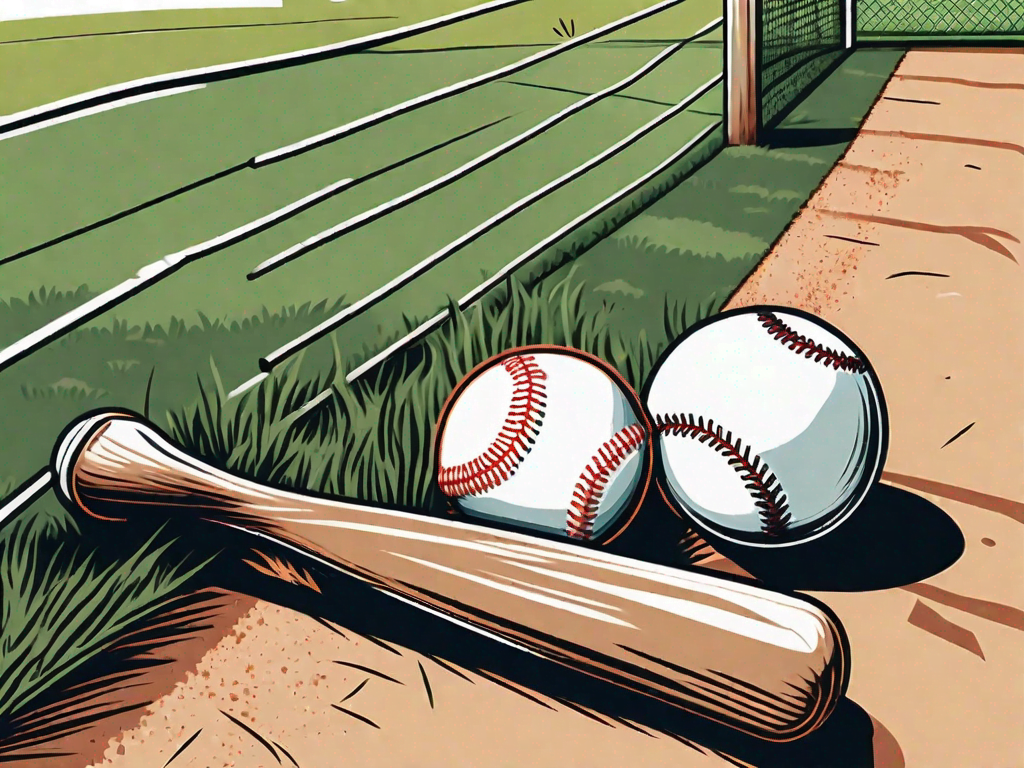Giving signs: from what age and how?
Coaching Game Analysis General
A big part of baseball and softball is always trying to stay one step ahead of your opponent. A key factor in this is the use of hand signals. Tek...

Reinier Sierag
A big part of baseball and softball is always trying to stay one step ahead of your opponent.
A big part of this is using hand signals.Giving signs is the method used in baseball & softball to send signals from the coaches to the players at bat and in the field.At higher levels, you'll also see catchers using signs to call defensive plays in certain situations.The complexity and speed of the signs will vary depending on the players' age.Signs for a team of eleven and twelve-year-olds are a lot simpler than what you'd see in a pro baseball game.With Beeball, no need to bring in signs just yet—that’s way too early.We recommend starting with simple signs when coaching the little league players.You don’t want to make it so easy that the other team can steal your signs, but you also don’t want them so complicated that your own players can’t remember what they mean.
- Teaching Signs to Players
Start with a few basic signs—that’s a good place to begin.For hitters, you need a sign to communicate when the batter should bunt and let a pitch go by.For base runners, you need a sign to let them know when to steal.If you're coaching a young team, I’d keep the signs simple.A bunt signal can be something like touching your stomach, since both start with an S.For a steal sign, touch your mustache, starting with an S.These are just examples, but you get the idea.Give signs slowly
Another thing to watch out for is the speed at which you give the signs.
Make sure your movements are calculated and clear.I suggest starting out with just taps—avoid swiping along your arm or across your chest, since those moves are harder to spot.If you’re not feeling super confident with your signs, practice in front of a mirror until you feel game-ready.
- Opening or Closing Signals
Another trick you can add to your signs is using an opening or closing signal.An opener is something you can use to keep your opponents guessing when they're trying to steal your signs.Usually, coaches will keep an eye on a sign indicating that a game is in progress.If your steal tag, for example, is a touch on the elbow, it would immediately follow the indicator.If your indicator was a tap on your chin, the sign would be a tap on the chin followed by a tap on the elbow to let the baserunner know you want them to try stealing a base.Without touching the chin, a tap on the elbow means nothing and just adds another wrinkle to your attempt to outsmart your opponent.
- A Missed Opportunity
It can be really frustrating during a game to keep trying to get a hitter’s or base runner’s attention when they’re just not picking up on you.If they’re not looking at you, it doesn’t matter what sign you give them.Opportunities are wasted when a player misses a sign.These opportunities could have been runs that made the difference between winning and losing.Make sure they’re always watching their coach.

- Practice it with them
Don’t forget to drill these signs with your players, and be ready for them to miss a few calls during games.Do a one-on-one drill where you’re just a few feet away from the player.Go ahead and step through your signs, then ask him what play it was—if there was one at all.I’ve found that this is the best way to help players really get the signs being used.Let the players know that even the pros occasionally miss a sign, so they will too; just remind them to learn from their mistakes and they’ll improve.Ultimately, signals will be like riding a bike, and players will only have more fun out on the field.
The article Giving signals: at what age and how? first appeared on Coach Ball.
Related posts

Average Baseball Pitching Speeds by Age

Why baseball and softball are awesome for kids.

